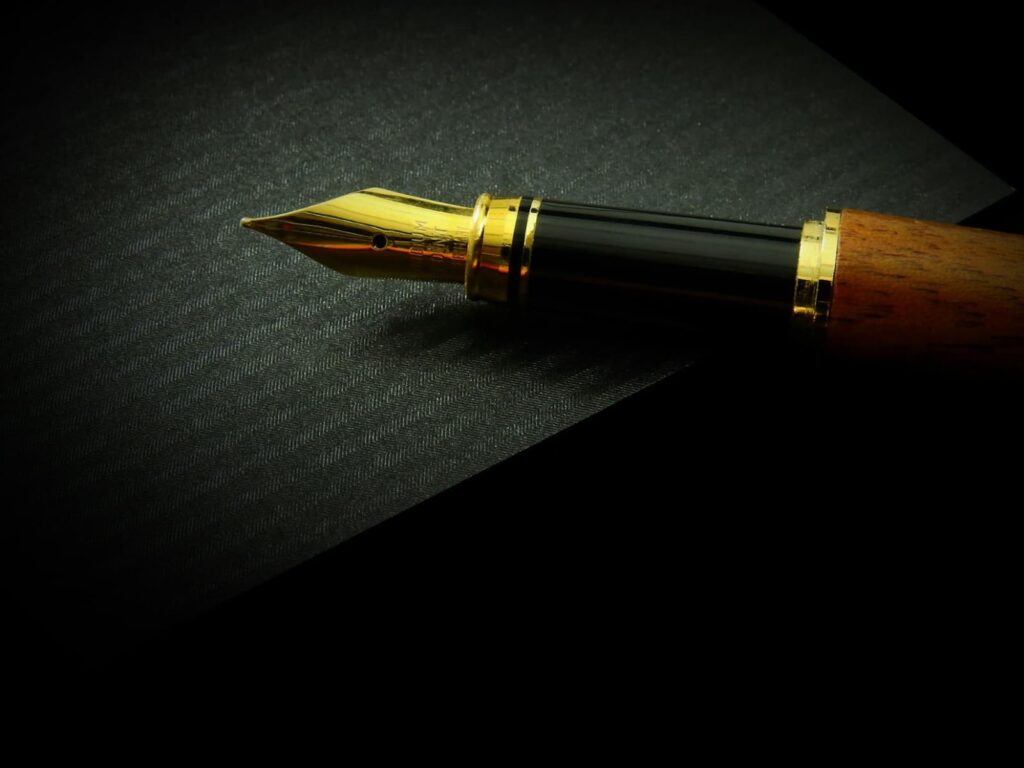A dissertation is more than just a written document; it’s a presentation of your research, ideas, and findings. While the content is crucial, the way you present it can significantly impact how it’s received. Incorporating elements of interior and graphic design into your dissertation can elevate it to a professional and visually engaging level. If you’re unsure where to start, resources like https://scriptienakijkservice.nl/ offer guidance to help students craft and design their dissertations effectively.
1. The Role of Design in Academic Work
Design is not just about aesthetics; it’s about communication. In the context of a dissertation, design plays a critical role in making your arguments clear and engaging. Here’s how design enhances academic presentations:
- Improving Readability: A well-designed layout makes your dissertation easier to read. Fonts, spacing, and alignment all contribute to readability, ensuring that your examiners or readers can focus on your content without distractions.
- Supporting Visual Communication: Graphic elements like charts, diagrams, and infographics can simplify complex data and make your arguments more persuasive. Interior design concepts, such as spatial arrangement, can inspire how you organize information across pages.
- Creating a Professional Impression: A clean and cohesive design shows attention to detail and professionalism, which can leave a positive impression on your reviewers.
2. Applying Graphic Design Principles to Your Dissertation
Graphic design principles can transform the presentation of your dissertation. By paying attention to layout, color, and typography, you can create a polished and visually appealing document.
- Typography and Fonts: Choose fonts that are legible and professional. Pair a serif font for body text (e.g., Times New Roman or Garamond) with a sans-serif font for headings (e.g., Arial or Helvetica). Ensure consistent font sizes and line spacing throughout the document.
- Using Color Strategically: Incorporate a limited color palette to highlight key sections or data. For example, use subtle shades for section dividers and bold accents for graphs or key terms. Avoid using too many colors, as this can be distracting.
- Layouts and Margins: Pay attention to how text and visuals are arranged on the page. Use consistent margins and alignments to give your document a clean and structured appearance. Grids can help you maintain balance in your layouts.
- Infographics and Visual Data: Replace dense paragraphs with infographics, charts, or tables where appropriate. Tools like Canva or Adobe Illustrator can help you create professional visual aids that simplify complex information.
3. Interior Design Concepts for Dissertation Presentation

Interior design principles, such as space planning and aesthetics, can inspire how you present your dissertation, especially during oral defenses or creative presentations.
- Spatial Organization: Think of your dissertation as a space. Arrange sections and subsections logically, creating a natural flow from one point to the next. Just as interior designers organize rooms for function and form, ensure each part of your dissertation serves its purpose while contributing to the whole.
- Balancing Visual and Textual Elements: Balance is key in both interior and graphic design. Alternate between text-heavy sections and visuals to keep the reader engaged. Avoid overwhelming a single page with too much information or too many graphics.
- Incorporating Mood and Themes: Just as interior designers consider the mood of a space, think about the tone of your dissertation. For example, a dissertation on sustainability might benefit from earth-toned colors and eco-themed visuals. Maintain a cohesive theme that aligns with your research topic.
- Creative Display for Defenses: If your dissertation includes a presentation or display, consider designing a physical or digital layout inspired by interior design. Use display boards, mood boards, or interactive slides that reflect the style and structure of your written work.
4. Tools and Techniques for Enhancing Your Dissertation Design
Leveraging the right tools and techniques can make the design process more efficient and professional. Here’s how to get started:
- Design Software: Use tools like Adobe InDesign or Canva for layout and graphic design. These platforms allow you to experiment with fonts, colors, and layouts to create a cohesive document.
- Templates and Guides: Many universities provide dissertation templates. Customize these templates with design elements like headers, footers, and section dividers to make them unique without breaking formatting guidelines.
- Professional Printing and Binding: For physical copies, choose professional printing and binding options. Consider textured paper, hardcover binding, or custom covers that reflect the theme of your dissertation.
- Feedback and Refinement: Share drafts of your design with peers, advisors, or design experts for feedback. Iterative refinement ensures that your final presentation is polished and effective.
5. Showcasing Your Dissertation Effectively
The way you present your dissertation—whether in a printed format or during an oral defense—matters. Use these tips to showcase your work effectively:
- Create a Table of Visuals: Include a dedicated section for visual elements like figures, tables, and charts, making it easy for readers to locate them.
- Practice Presentation Skills: If you’re presenting your dissertation, rehearse how you’ll explain the visuals and structure. Confidence and clarity in delivery can make a significant difference.
- Highlight Key Findings: Use graphic design to emphasize the most important aspects of your research. For example, use bold colors or larger fonts for key findings and conclusions.
Conclusion
By integrating interior and graphic design principles into your dissertation, you can enhance its visual appeal and make your arguments more engaging. Whether it’s through thoughtful typography, balanced layouts, or creative use of visuals, design can help you showcase your research in a professional and memorable way. Remember, your dissertation is not just about what you write but also how you present it. Start experimenting with these ideas to take your work to the next level.
